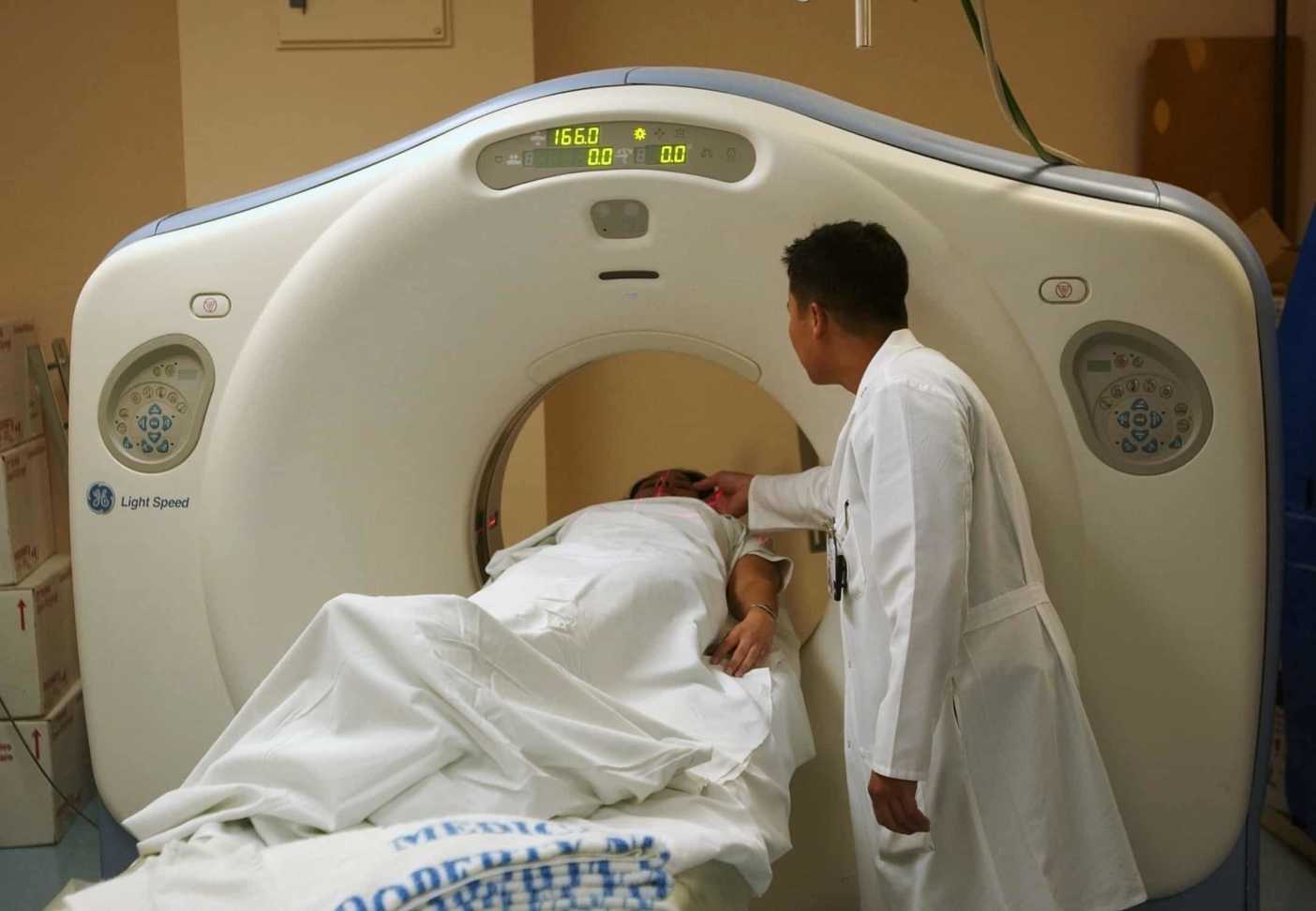The two types of spinal cord injuries are complete spinal cord injury and incomplete spinal cord injury.
Complete spinal cord injuries are injuries to the spin that result in complete loss of function below the level of injury.
Incomplete spinal cord injuries are injuries to the spine that result in some sensation and feeling below the level of injury. Incomplete spinal cord injuries vary depending on the way the spinal cord has been damaged.
If a victim suffers an incomplete spinal cord injury there varying degrees and types that he or she can suffer.
- Anterior Cord Syndrome– Victims of an incomplete anterior spinal cord injury suffer with loss of movement and sensation. Anterior cord syndrome is an injury to the front of the spinal cord, and the motor and sensory pathways in the front affected area of the cord are usually broken. Anterior cord syndrome can affect the entire front of the spine, or just a section of the spine. Some sensation may be possible with this level of injury depending on which pathways are broken.
- Central Cord Syndrome– The uppermost part of the spine is affected when a victim is suffering with central cord syndrome. A disruption in the communication between the brain and the spinal cord to control movement is the result of this type of spinal cord injury. Weakness and/or paralysis in the arms are the common end effects of central cord syndrome. The legs are usually unaffected, and spontaneous recovery is possible. Improvement is usually shown within 6 weeks of the initial injury.
- Brown-Sequard Syndrome– Injury to the spinal cord can happen on either side of the spine with brown-sequard syndrome. Loss of temperature and pain sensation on the opposite side of the injury is the result. The affected area is opposite the injury due to crossing pathways on the spinal cord.
- Nerve Cell Injuries– The symptoms for this type of spinal cord injury vary, depending on which nerves are injured. Usually a loss of sensory and motor function in only the injured area of the body is affected by the injured nerve root.
- Spinal Contusions– Bruising, inflammation, and bleeding blood vessels are all symptoms of a contusion in the spinal cord. Victims experience temporary disability of the spinal cord. This disability commonly lasts for 1-2 days. Spinal contusions are the most common type of spinal cord injury.
When a spinal cord injury occurs as a result of someone else’s negligence “compensation is possible for the victim,” according to Attorney Michael Pisanchyn.
If you or a loved one is suffering any of the above types of spinal cord injuries, please, contact our Pennsylvania Spinal Cord Injury Lawyers by calling 1-800-444-5309 or visit CatastrophicallyInjured.com now for a free consultation.





